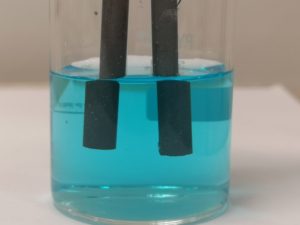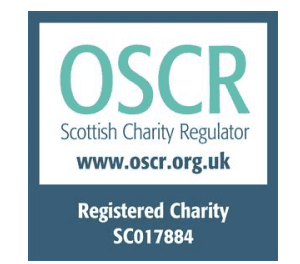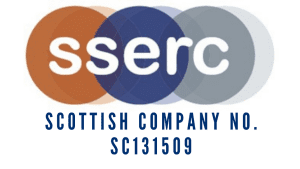 When an ionic compound is dissolved in water it conducts electricity. A conducting solution of this kind is an example of an electrolyte. Since opposite charges attract, the positively charged ions in the electrolyte move to the negative electrode while the negatively charged ions move to the positive electrode. The ions undergo chemical changes at the electrodes which result in the decomposition or breakdown of the electrolyte. This process of passing a current of electricity through an electrolyte is known as electrolysis.
When an ionic compound is dissolved in water it conducts electricity. A conducting solution of this kind is an example of an electrolyte. Since opposite charges attract, the positively charged ions in the electrolyte move to the negative electrode while the negatively charged ions move to the positive electrode. The ions undergo chemical changes at the electrodes which result in the decomposition or breakdown of the electrolyte. This process of passing a current of electricity through an electrolyte is known as electrolysis.
The aim of this experiment is to electrolyse copper chloride solution and to identify the products at the positive and negative electrodes.
To reduce exposure to chlorine, an alternative is to use a microscale version of this experiment – Microelectrolysis



